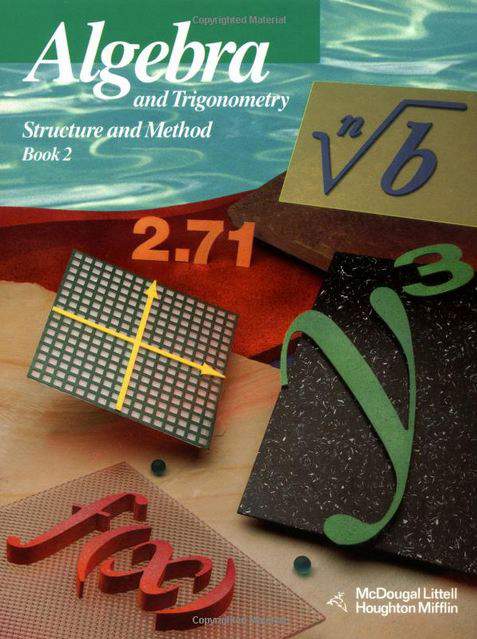Connecting...

This is a quick preview of the lesson. For full access, please Log In or Sign up.
For more information, please see full course syllabus of Algebra 2
For more information, please see full course syllabus of Algebra 2
Algebra 2 Roots and Zeros
Lecture Description
The number of roots can be determined by looking at the degree of the polynomial equation. These roots may be real or complex, and complex roots occur as conjugate pairs. For signs of the roots use the Descartes' rule of signs. This rule helps you to figure out whether the roots are positive or negative. Also, we can use it to determine the possible combination of real and complex roots. In this lecture you'll also learn how to find the roots of a polynomial of degree 3 or more, and you'll get to practice this through the examples.
Bookmark & Share
Embed
Share this knowledge with your friends!
Copy & Paste this embed code into your website’s HTML
Please ensure that your website editor is in text mode when you paste the code.(In Wordpress, the mode button is on the top right corner.)
×
Since this lesson is not free, only the preview will appear on your website.
- - Allow users to view the embedded video in full-size.
Next Lecture
Previous Lecture









































 Carleen Eaton
Carleen Eaton Grant Fraser
Grant Fraser
 Answer Engine
Answer Engine



1 answer
Last reply by: Jerry Xu
Fri Aug 3, 2018 1:44 PM
Post by julius mogyorossy on December 16, 2013
x=+-2i, so what that is really saying is, x=2, after you square it, make it negative, is that it?